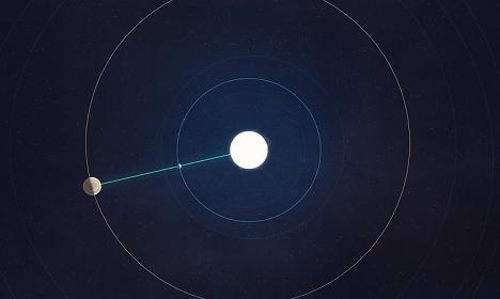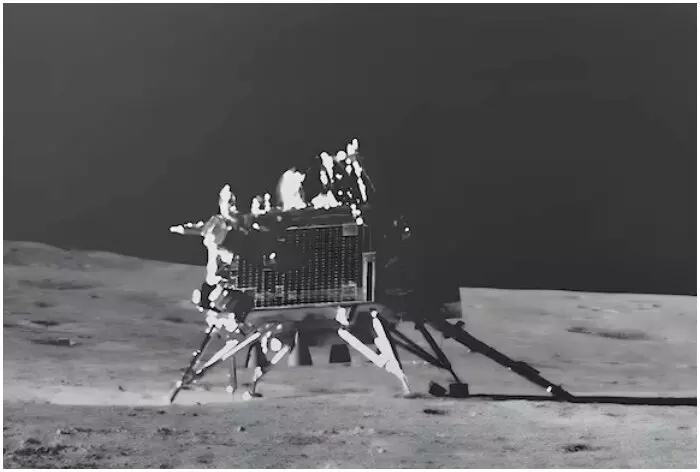
Chandrayaan-3’s rover and lander remain in sleep mode, no signals so far
text_fieldsBengaluru: The Indian Space Research Organisation (ISRO) is facing a formidable challenge in its mission to revive the Vikram lander and Pragyan rover, with no signals received from the lunar duo as of Friday. The space agency is working to re-establish communication and assess their current condition.
In an official statement, ISRO revealed that ground stations would attempt to awaken the lander and rover, along with their onboard instruments, during the lunar daytime. The small window of opportunity for revival began on Thursday and extended into Friday as the Moon's surface saw the break of dawn, offering optimum sunshine for the mission.
However, experts caution that the odds of a successful revival remain slim, and even if they awaken, the devices might not regain full functionality.
The Chandrayaan-3 mission, known for its ambitious lunar exploration, has been hampered by the harsh lunar environment. All components of the mission, including the Vikram lander and Pragyan rover, are solar-powered and were initially designed to function for just one lunar day, equivalent to approximately 14 Earth days. This timeframe has already elapsed, leaving the mission in a race against time.
The mission's electronics were not engineered to withstand the extreme nighttime conditions on the Moon, where temperatures plummet to well below minus 200 degrees Celsius, particularly near the lunar south pole, the lander and rover's designated landing site.
In contrast, some lunar spacecraft, such as Russia's Luna-25, were equipped with plutonium radioisotope devices, akin to nuclear batteries, capable of generating heat to maintain instrument functionality even on the harshest lunar nights. Unfortunately, the Vikram Lander and Pragyan Rover lacked such provisions.
Despite these challenges, after accomplishing its primary scientific objectives, ISRO made the audacious decision to extend the mission's lifespan.
The agency initiated a shutdown of all instrument operations shortly before lunar sunset and placed the devices in a power-saving sleep mode. The hope was that if the batteries were adequately charged, they might be able to provide sufficient warmth to enable the instruments to endure the lunar night.























